Siqian Zhao
Transition-Aware Multi-Activity Knowledge Tracing
Jan 26, 2023Abstract:Accurate modeling of student knowledge is essential for large-scale online learning systems that are increasingly used for student training. Knowledge tracing aims to model student knowledge state given the student's sequence of learning activities. Modern Knowledge tracing (KT) is usually formulated as a supervised sequence learning problem to predict students' future practice performance according to their past observed practice scores by summarizing student knowledge state as a set of evolving hidden variables. Because of this formulation, many current KT solutions are not fit for modeling student learning from non-assessed learning activities with no explicit feedback or score observation (e.g., watching video lectures that are not graded). Additionally, these models cannot explicitly represent the dynamics of knowledge transfer among different learning activities, particularly between the assessed (e.g., quizzes) and non-assessed (e.g., video lectures) learning activities. In this paper, we propose Transition-Aware Multi-activity Knowledge Tracing (TAMKOT), which models knowledge transfer between learning materials, in addition to student knowledge, when students transition between and within assessed and non-assessed learning materials. TAMKOT is formulated as a deep recurrent multi-activity learning model that explicitly learns knowledge transfer by activating and learning a set of knowledge transfer matrices, one for each transition type between student activities. Accordingly, our model allows for representing each material type in a different yet transferrable latent space while maintaining student knowledge in a shared space. We evaluate our model on three real-world publicly available datasets and demonstrate TAMKOT's capability in predicting student performance and modeling knowledge transfer.
Relaxed Clustered Hawkes Process for Procrastination Modeling in MOOCs
Jan 29, 2021
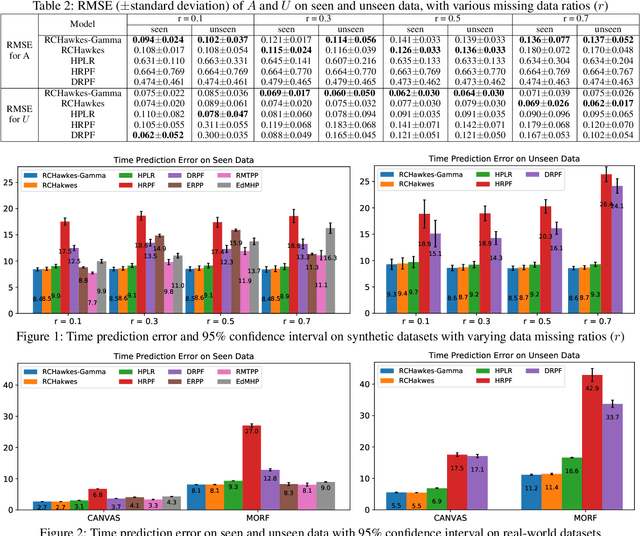
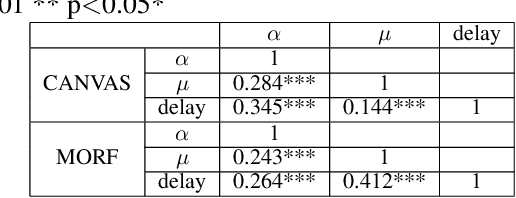

Abstract:Hawkes processes have been shown to be efficient in modeling bursty sequences in a variety of applications, such as finance and social network activity analysis. Traditionally, these models parameterize each process independently and assume that the history of each point process can be fully observed. Such models could however be inefficient or even prohibited in certain real-world applications, such as in the field of education, where such assumptions are violated. Motivated by the problem of detecting and predicting student procrastination in students Massive Open Online Courses (MOOCs) with missing and partially observed data, in this work, we propose a novel personalized Hawkes process model (RCHawkes-Gamma) that discovers meaningful student behavior clusters by jointly learning all partially observed processes simultaneously, without relying on auxiliary features. Our experiments on both synthetic and real-world education datasets show that RCHawkes-Gamma can effectively recover student clusters and their temporal procrastination dynamics, resulting in better predictive performance of future student activities. Our further analyses of the learned parameters and their association with student delays show that the discovered student clusters unveil meaningful representations of various procrastination behaviors in students.
Stimuli-Sensitive Hawkes Processes for Personalized Student Procrastination Modeling
Jan 29, 2021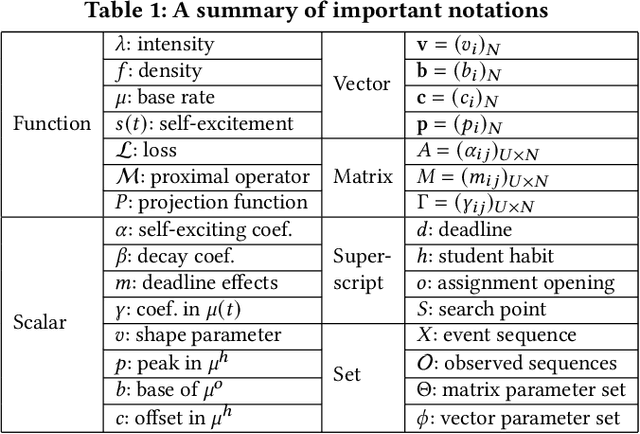
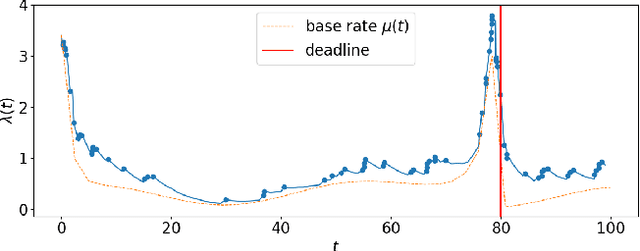
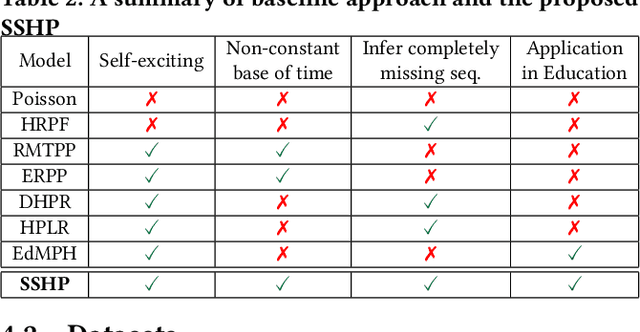
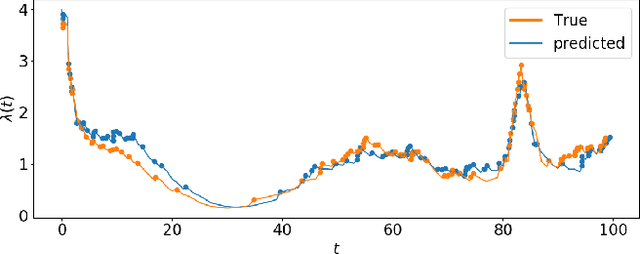
Abstract:Student procrastination and cramming for deadlines are major challenges in online learning environments, with negative educational and well-being side effects. Modeling student activities in continuous time and predicting their next study time are important problems that can help in creating personalized timely interventions to mitigate these challenges. However, previous attempts on dynamic modeling of student procrastination suffer from major issues: they are unable to predict the next activity times, cannot deal with missing activity history, are not personalized, and disregard important course properties, such as assignment deadlines, that are essential in explaining the cramming behavior. To resolve these problems, we introduce a new personalized stimuli-sensitive Hawkes process model (SSHP), by jointly modeling all student-assignment pairs and utilizing their similarities, to predict students' next activity times even when there are no historical observations. Unlike regular point processes that assume a constant external triggering effect from the environment, we model three dynamic types of external stimuli, according to assignment availabilities, assignment deadlines, and each student's time management habits. Our experiments on two synthetic datasets and two real-world datasets show a superior performance of future activity prediction, comparing with state-of-the-art models. Moreover, we show that our model achieves a flexible and accurate parameterization of activity intensities in students.
Modeling Knowledge Acquisition from Multiple Learning Resource Types
Jun 30, 2020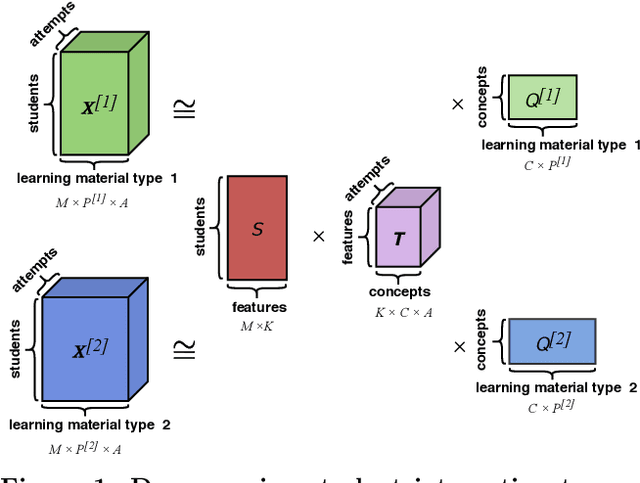


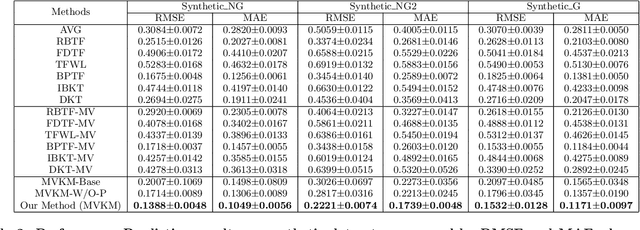
Abstract:Students acquire knowledge as they interact with a variety of learning materials, such as video lectures, problems, and discussions. Modeling student knowledge at each point during their learning period and understanding the contribution of each learning material to student knowledge are essential for detecting students' knowledge gaps and recommending learning materials to them. Current student knowledge modeling techniques mostly rely on one type of learning material, mainly problems, to model student knowledge growth. These approaches ignore the fact that students also learn from other types of material. In this paper, we propose a student knowledge model that can capture knowledge growth as a result of learning from a diverse set of learning resource types while unveiling the association between the learning materials of different types. Our multi-view knowledge model (MVKM) incorporates a flexible knowledge increase objective on top of a multi-view tensor factorization to capture occasional forgetting while representing student knowledge and learning material concepts in a lower-dimensional latent space. We evaluate our model in different experiments toshow that it can accurately predict students' future performance, differentiate between knowledge gain in different student groups and concepts, and unveil hidden similarities across learning materials of different types.
 Add to Chrome
Add to Chrome Add to Firefox
Add to Firefox Add to Edge
Add to Edge